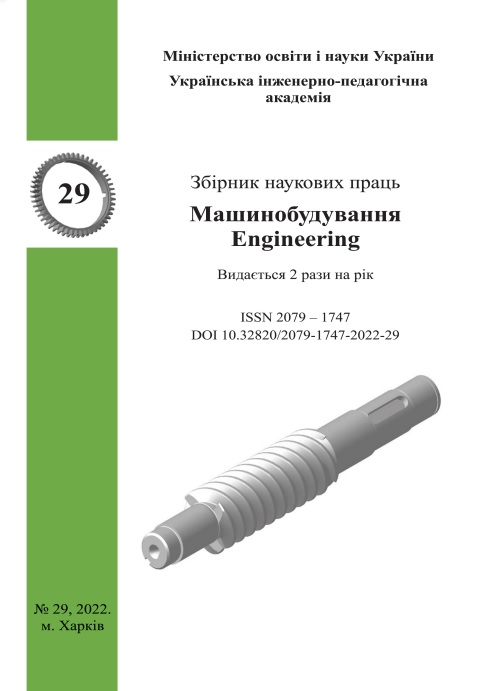Abstract
The article shows that in modern control systems for the tightness of the shell (KGO) of the
heat-releasing element (TVEL) of the heat-releasing assembly of the nuclear reactor at the nuclear
power plant, various control methods are used, which have characteristic shortcomings that do not
allow determining the location, type and size of damage and destruction defects on the surface of
the TVEL shell. It is shown that in all control methods currently used in KGO TVEL systems, only
the activity of reference radionuclide groups in the coolant is directly determined: the flow of
delayed neutrons, the specific activity of iodine isotopes, and the volume activity of radioactive
noble gases, but not the degree of tightness of the shell TVЕL. It was found that for the calculations
of the assessment criteria of the surface condition of the shell material, as a rule, restrictions and
assumptions are introduced regarding geometric increments, which lead to approximate and
inaccurate characteristics in the used KGO TVEL systems, since the structural-phase state of the
structure of the TVEL shell material is not taken into account, and, therefore, to a decrease in the
level of reliability and safety during their operation. It was analyzed that the use of existing methods
of controlling the surface of the TVEL shell material to detect surface and internal defects in the
form of local heterogeneity, micro- and macropores and various cracks is characterized by low
efficiency and seems to be a time-consuming process that requires additional surface treatment of
the TVEL shell material. It is proposed to apply a fundamentally new method of controlling the
surface quality of the material of the TVEL shell in the KGO TVEL systems of the nuclear reactor,
taking into account modern scientific achievements, based on the use of the fractal-cluster theory. It
is substantiated that the fractal properties of the structure of the shell material and the quantitative
fractal value – the fractal dimension which allows determining the degree of depressurization of the
TVEL by determining the location, type and size of the defects of damage and destruction of the
surface of the TVEL shell, – are used as the basis of the proposed method of KGO TVEL. For the
implementation and application of the fractal method of control, it is proposed to improve the
structural and functional scheme of the KGO TVEL system by introducing an information and
measurement computing module for detecting defects, which ensures data processing and their
transfer to the automated system for controlling the technological processes of the power unit of the
nuclear power plant based on the developed stages of the fractal algorithm of the method, in which
the sequence of performing measurement and calculation operations for the calculation of fractal
dimensionality indicators is defined, to establish the location, type and size of the defect on the axial
segments of the TVEL height.
